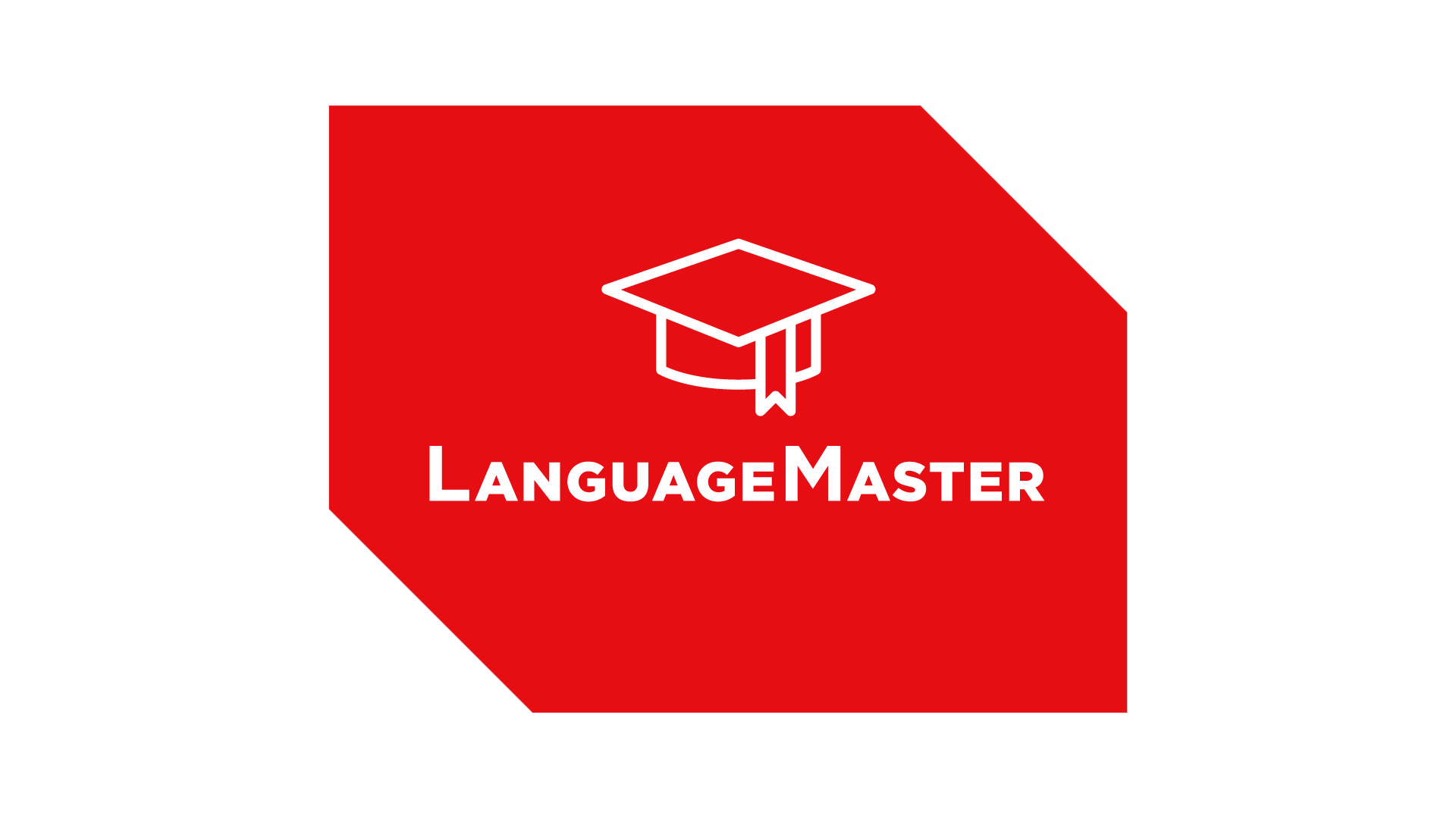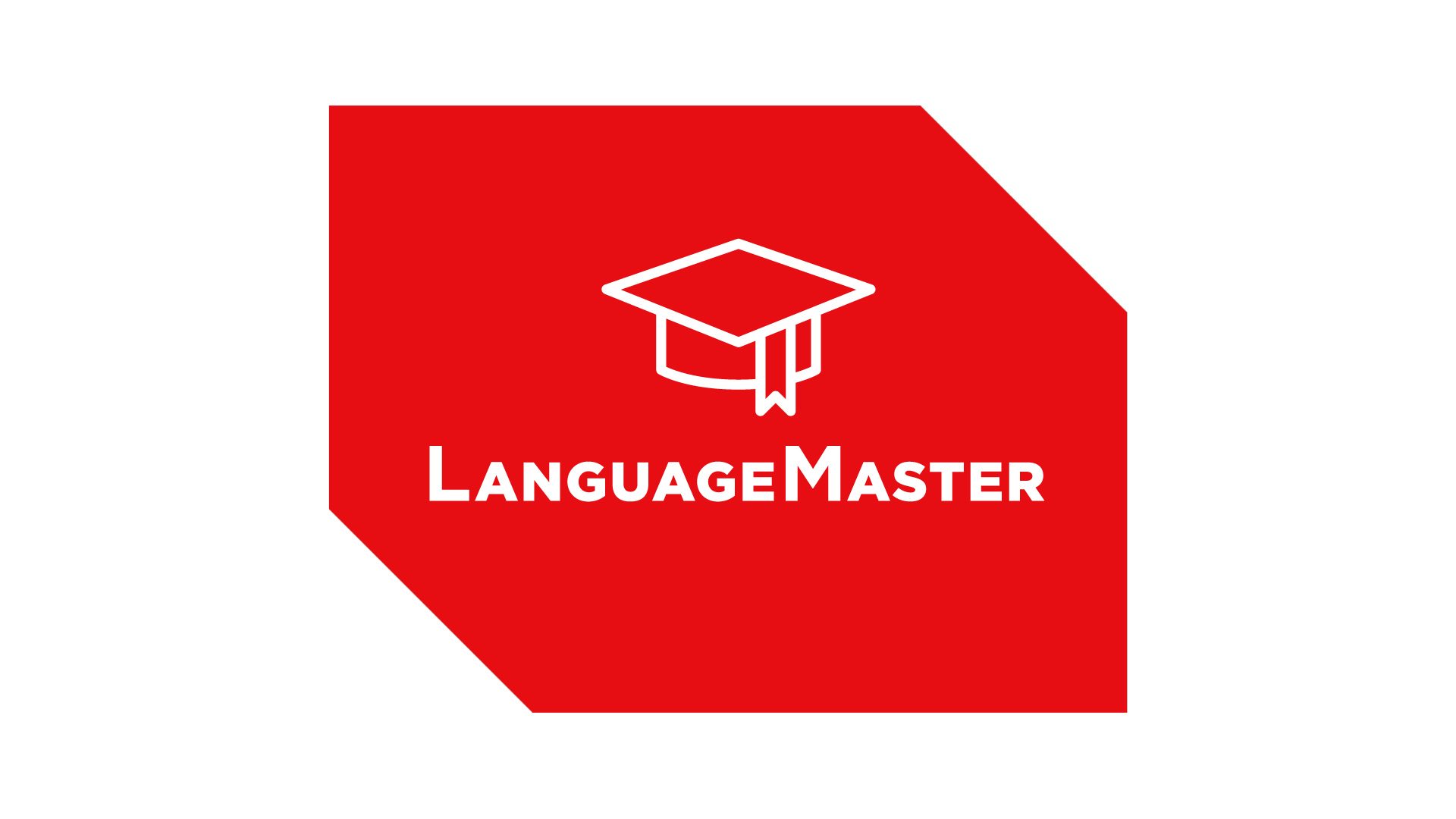Language learning has become increasingly important in our globalized world. To assist individuals in acquiring new languages, LanguageMaster, a language learning app, offers a range of features and benefits. In this article, we will explore how to use LanguageMaster effectively and discuss its pros and cons.

I. How to Use LanguageMaster: LanguageMaster is designed to facilitate language learning in a user-friendly manner. Here is a step-by-step guide on how to use the app:
- Download and Install: Begin by downloading the LanguageMaster app from your device’s app store. Once downloaded, follow the installation instructions to set it up on your smartphone or tablet.
- Select a Language: Upon launching the app, select the language you want to learn from the available options. LanguageMaster supports a wide range of languages, including English, Spanish, French, Mandarin, and many more.
- Assess Your Proficiency: LanguageMaster often offers an initial proficiency assessment to determine your language skills. This assessment helps the app personalize the learning experience by providing appropriate lessons and content based on your current level.
- Explore Learning Modules: The app typically offers various learning modules, such as vocabulary, grammar, listening exercises, and speaking practice. Start by exploring these modules and choose the ones that align with your learning goals.
- Practice with Lessons: LanguageMaster provides interactive lessons with audio, visual aids, and quizzes to enhance understanding and retention. Engage with the lessons, practice speaking and writing, and complete exercises to reinforce your learning.
- Track Your Progress: The app allows you to track your progress over time. Monitor your performance, review completed lessons, and revisit challenging topics to reinforce your understanding. Regularly checking your progress motivates and encourages further learning.
- Utilize Additional Features: LanguageMaster may offer supplementary features such as flashcards, language games, and conversation practice with native speakers. Make use of these features to improve your vocabulary, pronunciation, and overall language proficiency.
II. Pros of Using LanguageMaster: LanguageMaster offers several advantages that make it a popular choice for language learners. Here are some of its key pros:
- User-Friendly Interface: The app provides a user-friendly interface, making it easy to navigate and access learning materials. Its intuitive design ensures a smooth learning experience for users of all ages and tech proficiency levels.
- Personalized Learning Experience: LanguageMaster tailors the learning experience based on your proficiency level and learning goals. The app adapts to your progress, offering suitable lessons and exercises to match your skill level, which optimizes learning efficiency.
- Comprehensive Language Content: The app usually offers a wide range of language content, including vocabulary, grammar rules, listening exercises, and speaking practice. The comprehensive content covers various aspects of language learning, enabling users to develop well-rounded language skills.
- Flexibility and Convenience: LanguageMaster provides the flexibility to learn at your own pace and convenience. You can access the app anytime, anywhere, allowing you to fit language learning into your busy schedule.
III. Cons of Using LanguageMaster: While LanguageMaster has numerous benefits, it’s important to consider its potential drawbacks as well. Here are a few cons to be aware of:
- Limited Interaction: LanguageMaster primarily relies on self-study materials and exercises. It may lack real-life conversational practice, which is essential for developing fluency and improving pronunciation.
- Cultural Context: LanguageMaster may not extensively cover cultural aspects and nuances of a language. Understanding cultural context plays a significant role in effective language communication, and it may require additional resources beyond the app.
- Dependency on Technology: Using LanguageMaster requires access to a compatible device and a stable internet connection. Users who face technological limitations or prefer offline learning options may
